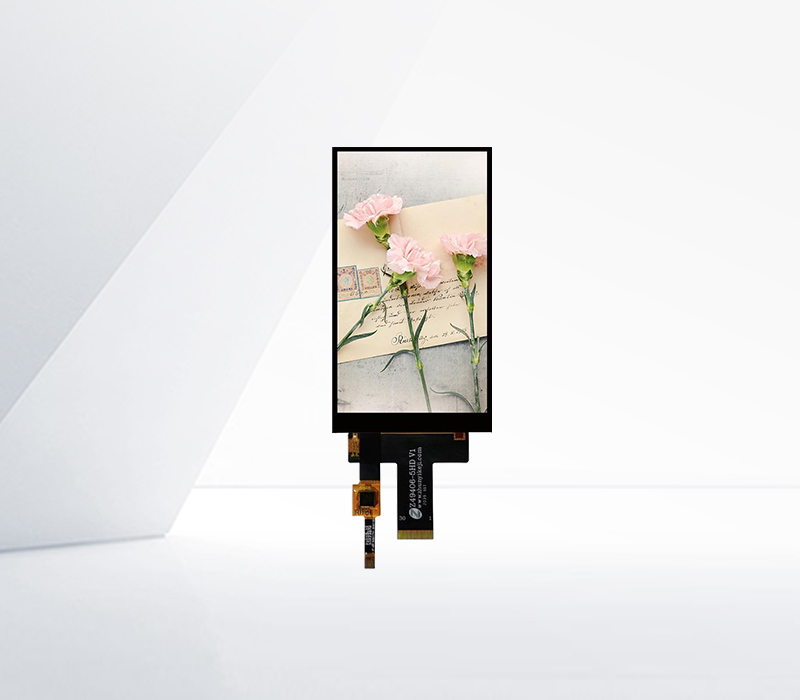




Ultra - thin industrial liquid crystal displays (LCDs) are designed to meet the specific needs of industrial applications while offering a sleek and space - saving form factor.
1. Design and Construction
Thin - Film Transistor (TFT) Technology: Ultra - thin industrial LCDs often utilize TFT technology. TFTs are fabricated on a glass substrate using semiconductor manufacturing processes. These transistors act as switches, allowing precise control over the liquid crystals in the display, which in turn enables the creation of sharp and detailed images. The use of advanced manufacturing techniques allows for the production of ultra - thin TFT layers, contributing to the overall thinness of the display.
Backlighting: LED backlighting is commonly used in ultra - thin industrial LCDs. Edge - lit or direct - lit LED backlight modules are integrated into the LCD panel to provide uniform and adjustable lighting. Edge - lit backlighting is popular for its ability to achieve a very thin profile, while direct - lit backlighting can offer better brightness uniformity in some cases.
Substrate and Encapsulation: The liquid crystal panel of ultra - thin industrial LCDs is typically made up of two thin glass substrates. These substrates are carefully cleaned and coated with a thin layer of alignment material. The liquid crystal material is then injected between the substrates, and a sealing process is performed to encapsulate the liquid crystal material within the panel. The use of thinner glass substrates and advanced encapsulation techniques helps in reducing the overall thickness of the display.
2. Applications and Advantages
Industrial Control Panels: In industrial control panels, ultra - thin LCDs are used to provide operators with clear visual information about the status of machinery and processes. Their slim form factor allows for efficient use of space, and they can be easily integrated into control cabinets or other equipment. For example, in a factory's automated production line, ultra - thin LCDs can be used to display real - time production data, machine status indicators, and control interfaces.
Automotive Displays: Ultra - thin LCDs are also finding applications in automotive interiors, such as in instrument clusters and infotainment systems. The thin design of these displays not only enhances the aesthetics of the vehicle's interior but also allows for better integration with other components. They can provide high - quality visuals for navigation maps, vehicle performance data, and multimedia content.
Medical Equipment: In medical equipment, such as patient monitoring systems and surgical displays, ultra - thin LCDs are preferred for their compact and lightweight design. They can be easily mounted in various medical devices, providing medical staff with clear and accurate visual information in a space - constrained environment.
